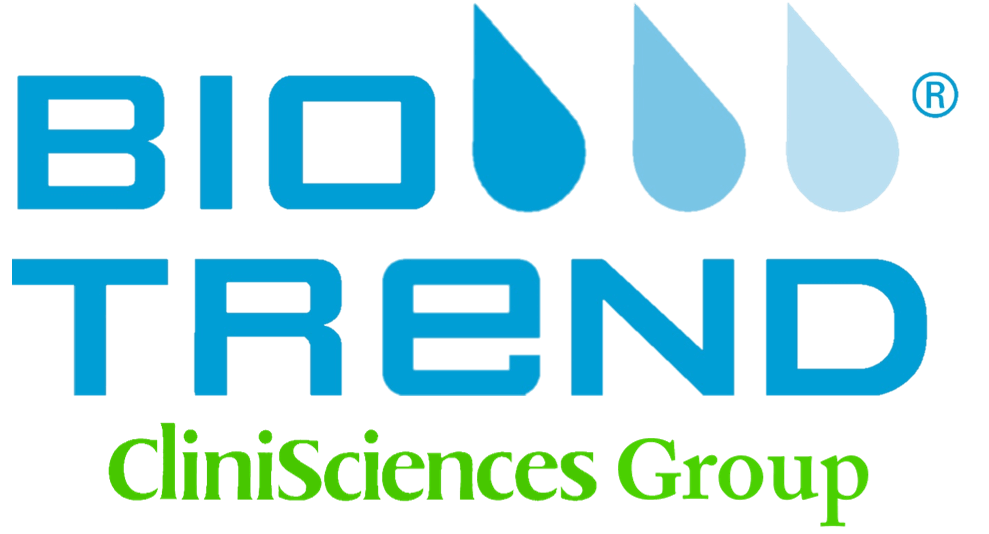β-Amyloid Precursor Protein, Human (APP770) (Control Peptide)
Cat# A2275-86K-100ug
Size : 100ug
Brand : US Biological
A2275-86K β-Amyloid Precursor Protein, Human (APP770) (Control Peptide)
Clone Type
PolyclonalGrade
Highly PurifiedApplications
EShipping Temp
Blue IceStorage Temp
-20°CAnti-human APP770 was raised using a synthetic 15-aa peptide near the extracellular, KPI-region (301-316 aa) of human APP770 (1). Peptide was conjugated to KLH.||Alzheimer's Disease (AD) is a neurodegenerative disorder characterized by progressive loss of memory and cognition in the elderly. One of the most important and initial step involves proteolytic cleavage of amyloid precursor protein (APP, chromosome 21) releasing short 40, 42 & 43 aa peptides (beta amyloid1-40,1-42, and 1-43; approx. 4.5kD). Polymerization of b-amyloid (Ab) and subsequent neuronal deposit (amyloid) leads to the degeneration of neurons involved in memory and cognition. Ab deposits have also been found to contain 2 additional proteins termed a-synuclein and b-synuclein.||APP gene has 19 exons (1). At least 8 different types of APP (APP695, APP751, and APP770 are the major ones) are produced as a result of alternative splicing of exons 7, 8, and 15. Exons 7 codes for a 57-aa domain that is analogous to Kunitz protease inhibitors (KPI). Exon 8 codes for a 19-aa residue domain with homology to the MRC OX-2 antigen found on the membrane of neurons, while exon 15 codes for an 18-aa domain, 16 aa aa proximal to the Ab region. APP695 lacks exons 7 and 8, whereas APP770 and APP751 represents the full length and the exon 8 lacking isoform. Beta amyloid A4 protein represents 597-638 aa of APP695 (28 aa from the extracellular domain and 14-15 aa from the extracellular domain). APP695 is predominantly expressed in the brain while APP751 and APP770 are also found in other tissues.


